Creatine is one of the most researched and widely used supplements in the fitness world. Whether you're a gym enthusiast, an athlete, or someone looking to enhance your physical performance, you’ve probably heard of it.
However, starting any supplement can feel overwhelming if you don’t have the right information. When should you start? How do you take it? And is it even necessary? In this blog, we’ll cover everything you need to know about creatine, so you can decide when and how to include it in your routine.
What is Creatine?
Creatine is a naturally occurring compound found in your muscles and brain. It plays a key role in producing adenosine triphosphate (ATP), the energy source your body uses for quick and intense activities like weightlifting or sprinting. While your body produces some creatine on its own, it’s not always enough to support high-intensity performance, which is why supplementation can be helpful.
You can get creatine through food sources like red meat and fish, but you’d need to consume large amounts to match the recommended daily dose of 3–5 grams. That’s why taking creatine as a supplement is often a more practical and efficient option.
When Should You Start Taking Creatine?
The best time to start creatine is when you’ve established a consistent workout routine and are clear about your fitness goals. Here are some common scenarios when people consider starting creatine:
-
Beginners Starting Strength Training
If you’re new to working out and have started a strength-training program, creatine can help improve your performance, boost energy, and promote faster recovery. -
Experienced Athletes Looking for an Edge
Even seasoned athletes use creatine to enhance their performance during high-intensity activities. It’s especially useful for sports that require quick bursts of energy, like sprinting, weightlifting, or HIIT. -
When You’ve Hit a Plateau
If your progress has stalled, creatine can give your body the extra push it needs to break through strength or endurance plateaus.
How to Start Taking Creatine
There are two common approaches to taking creatine:
-
Loading Phase (Optional)
The loading phase involves taking 20 grams of creatine daily, split into four 5-gram servings, for 5–7 days. This helps saturate your muscles with creatine quickly, leading to faster results. After the loading phase, you switch to a maintenance dose of 3–5 grams per day. This method is ideal if you want to see quicker benefits, like increased strength and improved performance. -
Consistent Daily Dose
If you prefer a gradual approach, take 3–5 grams of creatine daily from the start. While it takes a bit longer to saturate your muscles, this method works just as effectively over time.
Tips for Taking Creatine
-
Choose a High-Quality Supplement: Look for creatine monohydrate, which is the most researched and effective form.
-
Take it with Water or a Carbohydrate Source: Consuming creatine with a carbohydrate-rich beverage, like juice, can enhance absorption.
-
Stay Hydrated: Creatine draws water into your muscles, so it’s essential to drink enough fluids throughout the day.
-
Be Consistent: Creatine works best when taken consistently, regardless of workout days or rest days.
Who Should Avoid Creatine?
While creatine is safe for most people, certain individuals should consult their doctor before using it:
-
Those with kidney issues or a history of kidney disease.
-
Pregnant or breastfeeding women.
-
People under 18 years of age unless recommended by a healthcare professional.
What to Expect When You Start Creatine
Many people notice benefits like increased energy and strength within the first few weeks of starting creatine. You might also experience a slight increase in body weight, as creatine pulls water into your muscle cells. This is completely normal and actually a sign that the supplement is working to enhance muscle hydration and volume.
Benefits of Creatine
Starting creatine can lead to several advantages, including:
-
Improved Strength and Power
Creatine boosts your body’s ability to produce ATP, resulting in better performance during short, intense exercises. -
Enhanced Recovery
Faster recovery between workouts means you can train harder and more frequently. -
Increased Muscle Mass
By promoting muscle cell hydration and reducing protein breakdown, creatine can support muscle growth over time. -
Cognitive Benefits
Studies have shown that creatine may improve brain function, particularly in tasks requiring memory and quick thinking.
Starting creatine doesn’t have to be complicated. Once you understand its benefits and how to incorporate it into your routine, it can be a valuable addition to your fitness journey. Whether you’re a beginner or an experienced athlete, creatine can help you achieve your performance and recovery goals.
Remember, the key to success is consistency—so pick a method that works for you, stay hydrated, and pair creatine with a balanced diet and regular exercise. With time, you’ll notice the difference it makes in your strength, stamina, and overall progress.
FAQs
-
Does creatine cause bloating or weight gain?
Creatine may cause slight water retention in muscles, leading to temporary weight gain. This is not fat gain but increased muscle hydration, which helps with strength and performance.
-
Can you take creatine on rest days?
Yes, creatine should be taken daily, even on rest days, to maintain muscle saturation. A consistent daily dose of 3–5 grams ensures continued benefits for energy and recovery.
-
How long does it take for creatine to show results?
With a loading phase, results like increased strength and endurance can appear within a week. If taking a steady daily dose, noticeable effects typically emerge after 2–4 weeks.


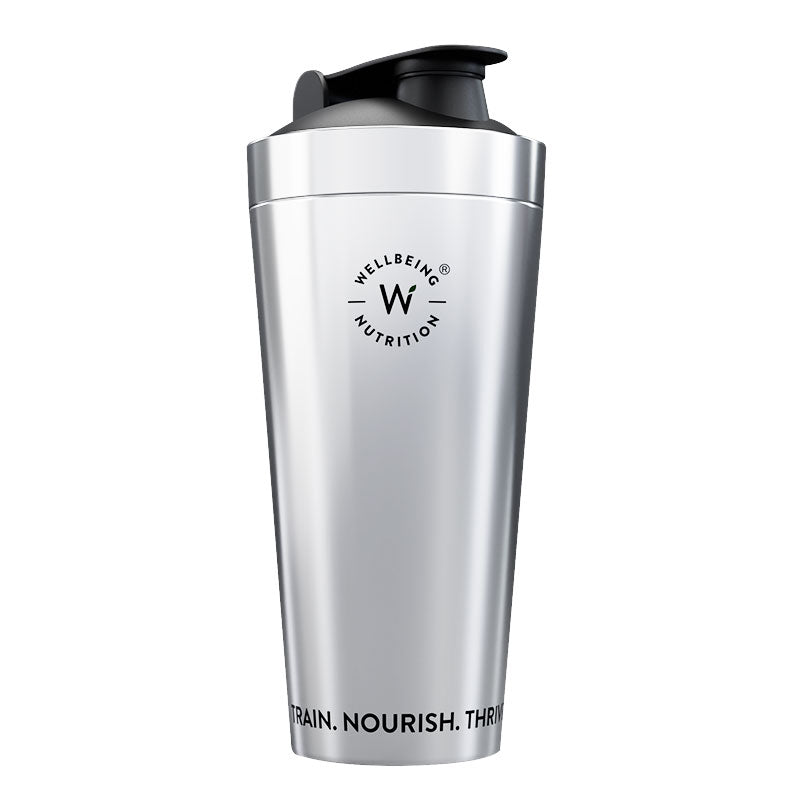




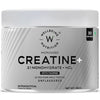
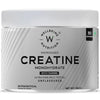





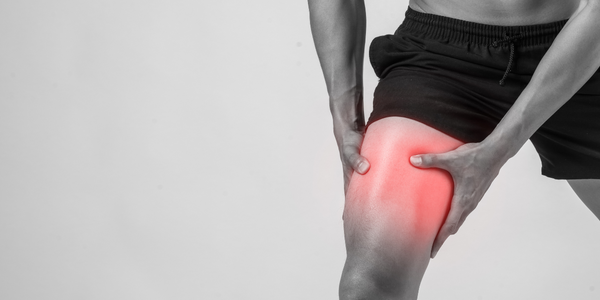
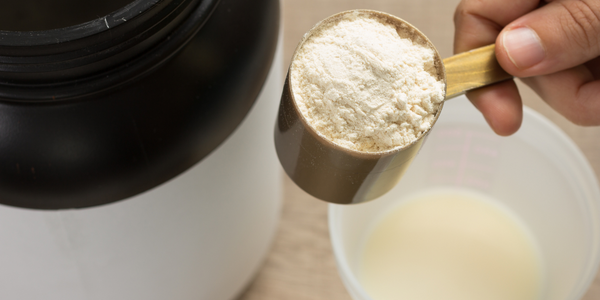
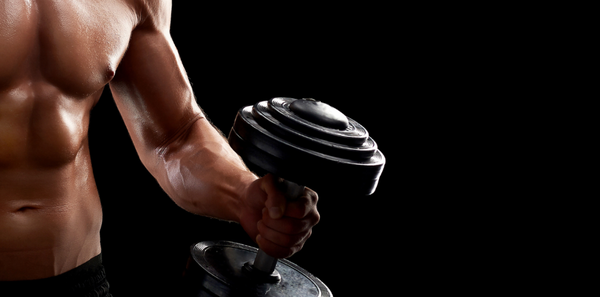
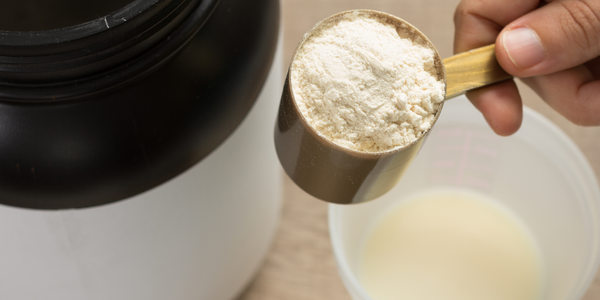
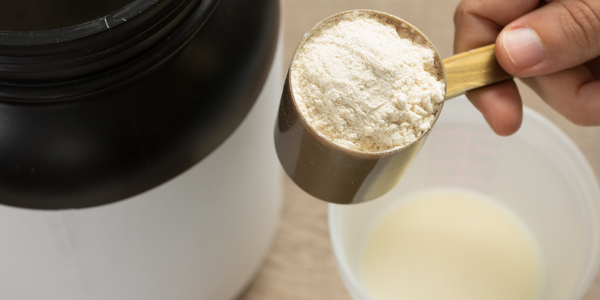



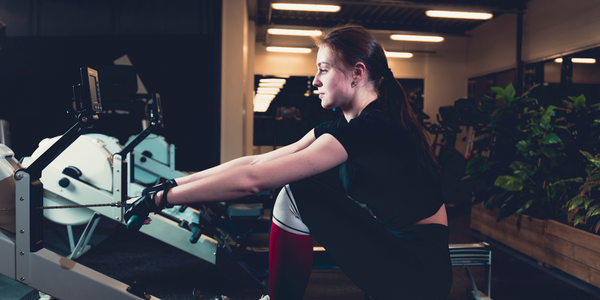






 DOWNLOAD NOW
DOWNLOAD NOW
